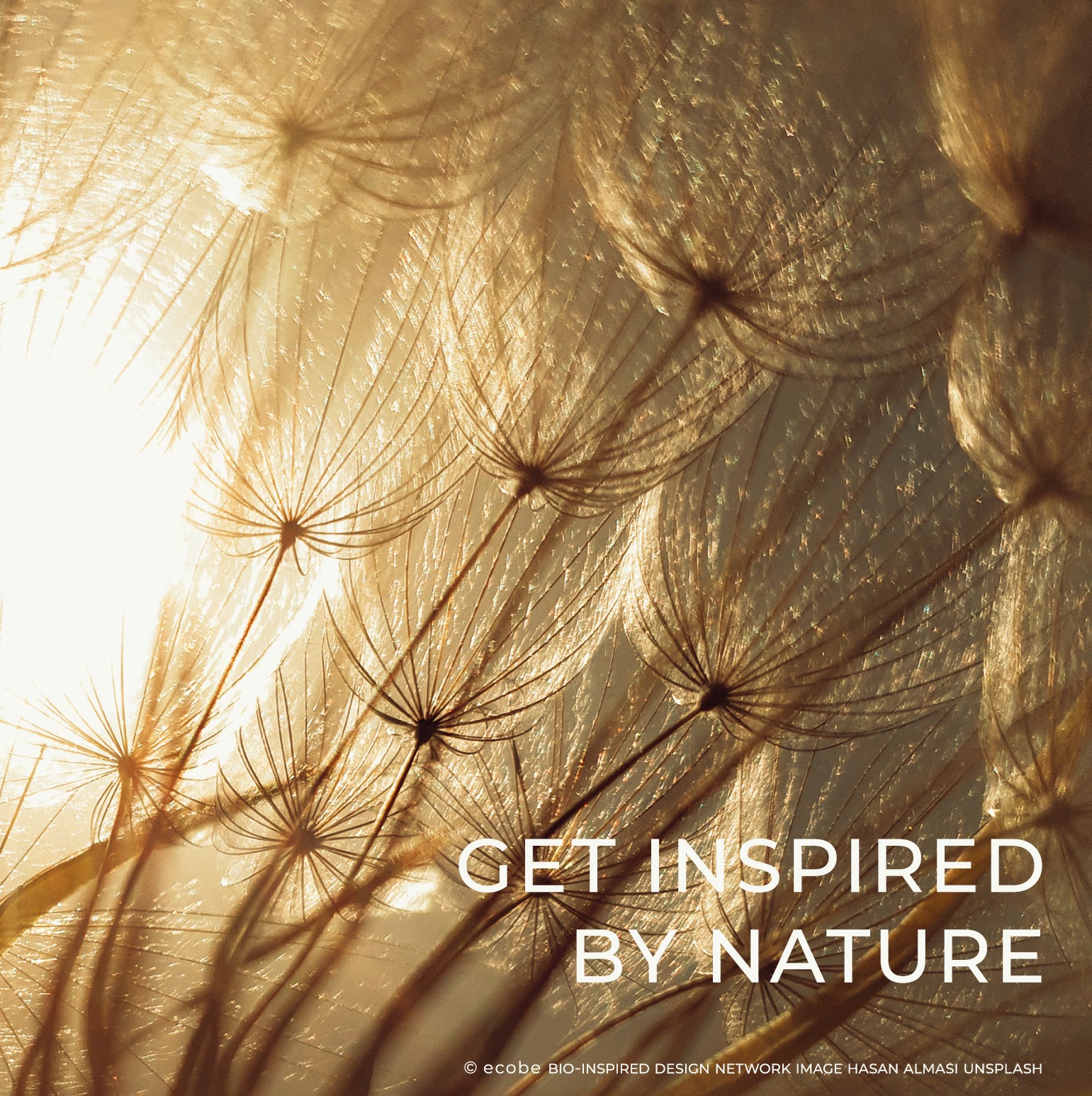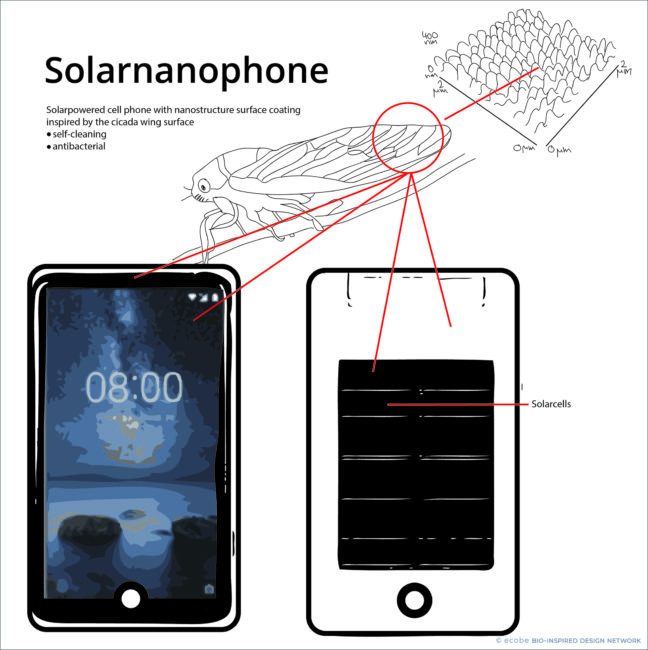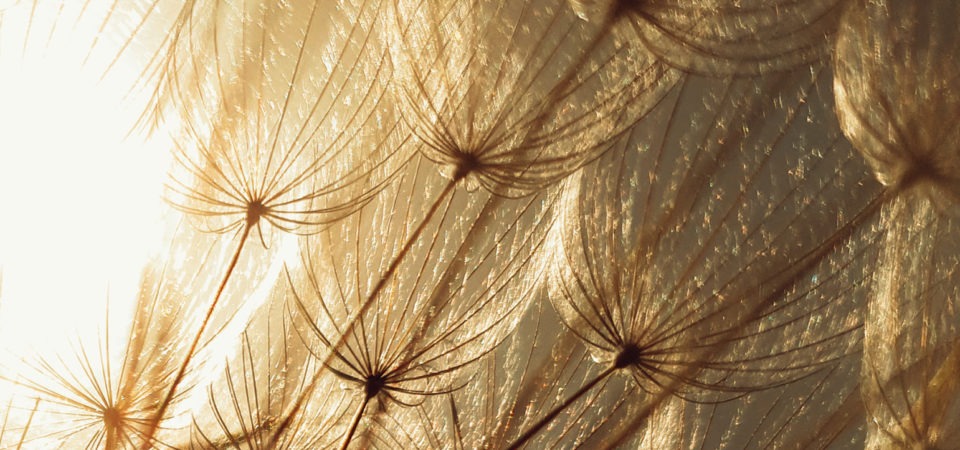For limiting climate change and the transformation to a more sustainable future, it is necessary to rethink consumption and production patterns and decouple well-being from environmental degradation. For that purpose, nearly everything needs to be redesigned in a more eco-friendly, life-supporting way (Juul-Sørensen, 2014, United Nations, sustainable development goals).
But switching to more sustainable business- or living habits often seems complicated and overwhelming.
Often there are life cycle assessments to make, different sustainability certifications, or sustainability management systems to consider. It can be challenging to decide anything because of all the various options that need a lot of research upfront. Even choosing the “right” food for living a more climate-friendly life can sometimes be overwhelming.
It can feel severe and intimidating, and some people feel depressed and anxious regarding the future of the planet, feeling unable to do anything about it. (Manning, 2009, NBCNews, 2018) When being intimidated or stressed, we know that it is not very likely to be inspired and have great new ideas and the much-needed creativity to solve problems.
What if there would be a playful way to engage people to create sustainable solutions inspired by nature together?

The Bio-inspired Design Adventure uses nature-inspiration to create new sustainable solutions.
Sustainable solutions surround us.
On the other hand, we are surrounded by millions of sustainable solutions by nature. All materials are recycled, there exists not a concept of waste in nature, there are no toxic residues, and all used energy is renewable. Nature holds the wisdom of 3.8 billion years of research and development, and if we emulate nature’s design, it can be an excellent inspiration for sustainable solutions.
What if there would be an open innovation platform where people can collaborate to design sustainable solutions inspired by nature?
That is what the Bio-inspired Design adventure and network is all about.
The thoughts behind the Bio-inspired Design network
When studying Biomimicry, I wondered how to enable more people to use Biomimicry in an easily understandable way. Biomimicry is a holistic innovation approach to find sustainable solutions.
It emulates patterns, processes, and strategies found in nature to create life-friendly products and systems. Biomimicry is a powerful tool for innovation. But thorough scientific research is needed to adapt nature’s solutions to human challenges. But I found that we could probably use many parts of a Biomimicry design process to brainstorm earth-friendly solutions even without a scientific background.

An idea for a self-cleaning cellphone emulates the self-cleaning and antibacterial properties of the surface of cicada wings. Using that coating can reduce the passing of pathogenic germs and the use of detergents.
What is the goal?
My goal was to create a playful method for finding sustainable ideas collaboratively. The core idea is to generate collaboratively sustainable solutions, learn about the topic simultaneously, and establish a growing database of sustainable solutions.
The result is a “growing” learning structure inspired by nature that enables open innovation and learning for sustainability by using a particular educational format called the Bio-inspired design adventure.
The learning network
The learning system consists of an online learning platform and local learning labs where the Bio-inspired Design adventure is conducted. In times of Covid and beyond, it is also performed online.
The idea was to integrate nature’s wisdom and playful elements into a design sprint structure. That integration enables creators to find inspiration from nature and use nature’s principles as a guideline and assessment tool for sustainability while using the proven step-by-step process of a design sprint: Map, sketch, decide, prototype, and test. Design Sprints are an innovation method developed by Jake Knapp (Thesprintbook, 2019). A small team comes together and rapidly progresses in just five days from a problem to a tested solution.
Let's be inspired by nature and create sustainable solutions together.
Participants experience a playful journey of creativity and natural inspiration. They define the challenge together, do a treasure hunt in nature, sketch and prototype ideas and test everything with possible stakeholders, and develop more sustainable solution ideas on the way. They get inspired to see nature as a treasure and solution provider for all sorts of challenges and the feeling of empowerment and optimism to act for a sustainable future.

Participants create sustainable solutions together.
Who can use it?
The Bio-inspired Design Adventure aims to build knowledge about bio-inspired sustainable design and to build a growing empowered community interested in sustainable innovation. The target audience is interested individuals of all kinds of disciplines, students, entrepreneurs, and educators.
The format consists of modules that can be used in various ways and orders for different occasions.
It is planned to create all kinds of variations to target different audience groups and expand the network on the way.
We have run several beta-tests, are currently building the online learning platform, and look forward to running the Bio-inspired Design Adventure as a live version, hopefully again soon.
Are you curious and want to start right away to integrate Biomimicry thinking in your everyday life or business?
Try these two activities:
2. The “HowWoudNatureDoIt” question
That exercise is simple but extremely powerful. Whenever you need new ideas or want to decide anything, ask:
How would nature do it?
How would nature prepare coffee? How would nature set up an organization? How would nature build a house?
Think about that for a while and do a little bit of research. You will see that you will be very inspired!
This question opens up a lot of creativity and new ideas to play with to create sustainable solutions.
2. Reconnect with nature
This exercise is to go outside with a pen and paper. Sit somewhere quietly in natural surroundings and observe for a while. What do you see? How do you feel? What can you hear? What can you smell?
After a while, pick something you find interesting, like a plant, an insect, an animal, and try to sketch it.
Then start thinking about it as a designer:
Why is it build that way? Which structure holds the forces? How are the surfaces created? How does it communicate? Why?
Try it, have fun, and be inspired by nature!
If you are curious, and want to know more about the project and join us to eco-innovate, please visit ecobedesign.
References
‘Climate grief’: The growing emotional toll of climate change. (n.d.). Retrieved from NBC News Health.
Manning, Christie, The Psychology of Sustainable Behavior (Sept. 2009). (n.d.). Retrieved from PCA.
Juul-Sørensen, N. (2014, May 09). Designers design for the 1% – it‘s time to start designing for the 99%. Retrieved from The Guardian.
The Design Sprint. (n.d.). Retrieved from The Sprint Book.
 Ulla Soeder is a designer and environmental educator who is continuously fascinated by all the wonders of the natural world and wants to share this fascination with her work. As a Biomimicry practitioner, she uses nature as a design mentor, creates eco-friendly products and educational materials, and teaches sustainable design at several academic institutions.
Ulla Soeder is a designer and environmental educator who is continuously fascinated by all the wonders of the natural world and wants to share this fascination with her work. As a Biomimicry practitioner, she uses nature as a design mentor, creates eco-friendly products and educational materials, and teaches sustainable design at several academic institutions.
She lives in the South of Germany with her little family, and when not creating something, she can be found outside exploring new places.
This article is part of the MAHB Arts Community‘s “More About the Arts and the Anthropocene”. If you are an artist interested in sharing your thoughts and artwork, as it relates to the topic, please send a message to Michele Guieu, Eco-Artist and MAHB Arts Community coordinator: michele@mahbonline.org. Thank you. ~

